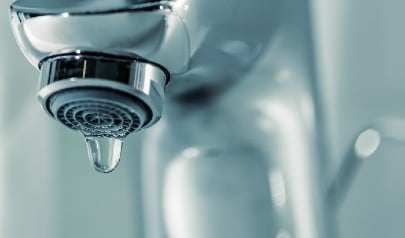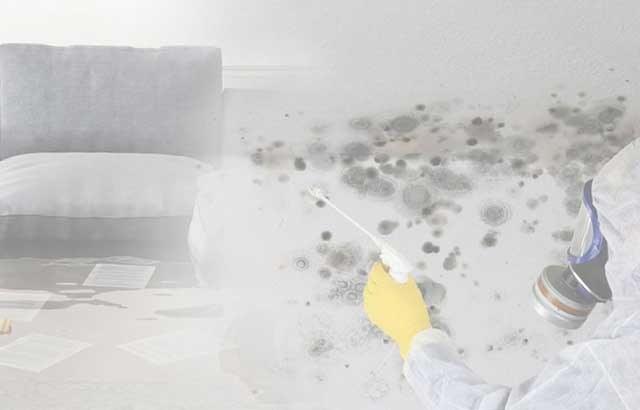Exactly How to Prevent Bathroom Water Damage
Exactly How to Prevent Bathroom Water Damage
Blog Article
We have unearthed this great article pertaining to How to Fix a Water Damage Bathroom below on the net and thought it made perfect sense to write about it with you on this site.

The restroom is exceptionally at risk for damp build-up and potential water damages because of the frequent use water in it. This post provides simple examination methods to help finding water damage hazards.
The constant use water in the restroom makes it exceptionally prone for moist accumulation as well as potential water damages. By checking it routinely, you can lower water associated problems.
The complying with set of examinations is simple to execute and need to be done when in every 3 months in order to keep your washroom in good shape and also to avoid potential water problems triggered by the bathtub, the shower, pipeline joints and plumbing, sinks, cupboards, and also the bathroom
Do not forget doing these assessments and be complete while executing them. Bear in mind that these straightforward assessments can conserve you a lot of cash by offering very early indications for water damages
Bathtub as well as Shower
The shower and also bathtub call for special interest and also maintenance. Examine the tiles as well as change if cracked. Make certain that there is no missing grout in between the tiles. Examine and also replace split caulking at joints where the wall surfaces meet the flooring or the bath tub. Clogged drains pipes and also pipes issues will certainly prevent the tub from drying out and also may suggest significant problems below the tub. Seek advice from a professional promptly to stop architectural damage. Take note of stainings or soft locations around the bathtub walls as they may show an inner leak.
Plumbing
Signs for water damage are difficult to find since many pipes are set up inside the wall surfaces.
Pay unique attention to flooring as well as walls wetness and also discolorations as they may indicate an unnoticeable plumbing issue. Inspect wetness degrees in adjacent areas too.
Sinks and Cabinets
Sinks and cabinets are subjected to wetness as well as moisture day-to-day and also are usually forgotten. Inspect routinely under the sink and on the countertop over it. Fix any kind of drip in the catch as it might recommend drainpipe troubles. Check out the sink, slow-moving draining pipelines might show an obstructed drainpipe. Change sink seals if they are split or loosened.
The Bathroom
The bathroom is a prone water junction. Check the water lines and search for leaks around the toilet seat, in the hose, and also under the water container. If you identify any kind of signs of moisture on the flooring around the commode, look for leakages in the toilet rim as well as tank seals.
Be aware that hanging toilet dish antiperspirants boosts the possibilities for blockages.
TIPS TO PREVENT WATER DAMAGE IN THE BATHROOM
The average household uses approximately 80-100 gallons of water per person per day. For a family of 4, that's almost 2,500 gallons of water a week! The largest portion of this consumption comes from bathroom use. Flushing the toilet uses the most water, followed by taking a shower or bath. With that much water running through the home, water damage in the bathroom is bound to happen. Knowing how to spot signs of a water leak is essential to preventing long-term damage. This guide provides you with tips to reduce the impact of water damage on your bathroom.
CAUSES OF BATHROOM WATER DAMAGE
Pipe breaks are the most common cause of water damage we see in our daily jobs. The age of a pipe plays a large role in a pipe break as well as corrosion. Over time, the metal begins to break down, allowing water to escape. Frozen pipe breaks are also a concern in the winter months. Toilet overflows caused by paper products or children flushing inappropriate items. Degraded caulking around the toilet or bathtub can allow water seepage, sometimes behind the fixture, into the subfloor or walls. Condensation forms when the water in a pipe is cooler than the air temperature. Beads of water form on the exterior of the pipes, sometimes so much so that the water begins to drip and pool below. Sink or shower backups created by poor drainage. HOW TO PREVENT WATER DAMAGE IN YOUR BATHROOM
Inspect your toilet supply line for worn or frayed hoses and replace them as needed. Winterize your plumbing to prevent a frozen pipe break. Use vent fans to prevent condensation that can lead to mold growth. Routinely check and replace degraded caulking around your toilet or bathtub. Increase the temperature in your toilet tank and insulate your pipes during the warm summer months to keep condensation from forming. Use child safety locks on the toilets. Flush only toilet paper. "Flushable" wet wipes are actually not good for your plumbing system. Additionally, feminine hygiene products should not be flushed. Prevent water from escaping the tub or shower. Make sure shower curtains are in good condition. Inspect shower doors and replace the seal strip if necessary. Wipe up any water that accumulates on the floor and use bath mats. Water left to sit can cause damage to the tiles and flooring. Refrain from using bath products containing heavy oils to avoid a clogged drain.

As a passionate person who reads on How to Fix a Water Damage Bathroom, I figured sharing that piece of content was sensible. Sharing is nice. Helping people is fun. I enjoy reading our article about Common Causes of Water Damage in a Bathroom.
Get A Free Quote Report this page